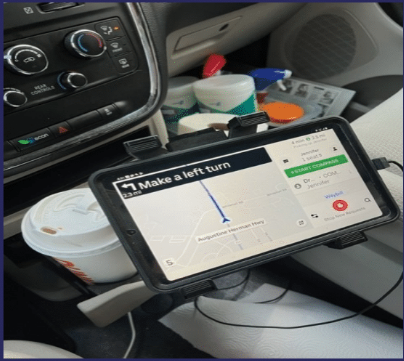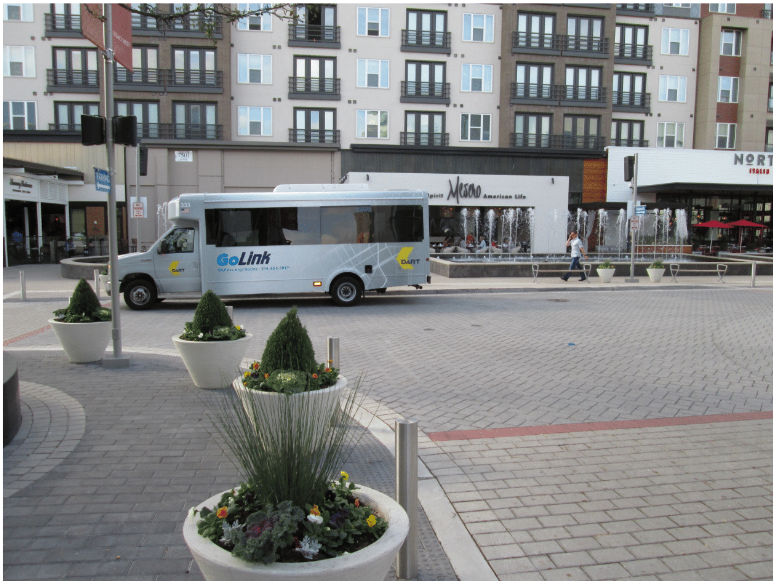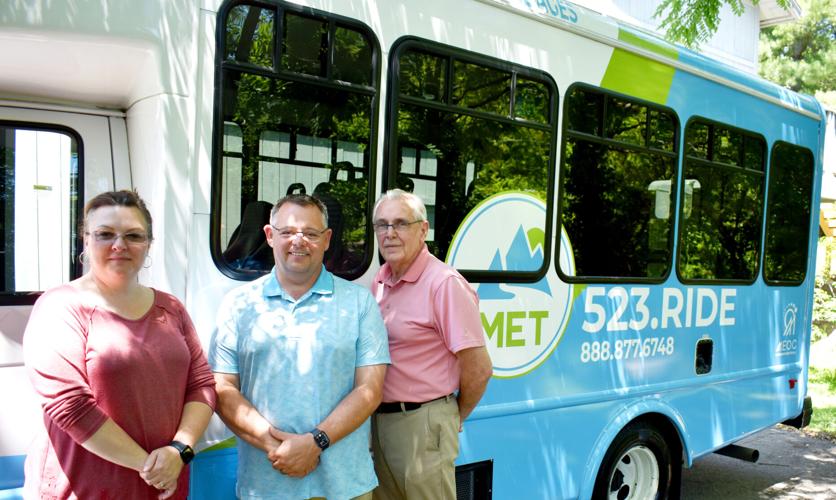Insights on Mobility On-Demand from Drivers’ Perspectives
By Shared-Use Mobility Center
Feb 7, 2023
Revised March 2025
Introduction
As mobility on-demand (MOD) services become more widespread, many of the conversations about MOD have focused on the technologies, software and mobile apps. However, the operators behind the wheel of MOD vehicles play a critical role ensuring that public transit service is available and responsive to the needs of local communities. Yet despite being key pieces of a successful MOD project, drivers’ perspectives are often underrepresented in the planning conversations about MOD services.
The Mobility Innovation Collaborative (MIC) is a Shared-Use Mobility Center (SUMC) program run in partnership with the Federal Transit Administration (FTA) to provide technical assistance to nearly over 40 FTA grantees and share lessons learned from innovative projects from around the country. Each quarter, the MIC team organizes a meeting to explore in-depth issues related to mobility trends. During the MIC Quarterly Meeting on January 26, 2023, SUMC invited drivers of three innovative microtransit services to speak and share their experiences. Speakers included:
- Charlene Hall, driver for Cecil County’s COMPASS
- “Shanghai” Nickles, driver for Mountain Empire Older Citizens (MEOC)’s METGo!
- Shetera Carroll, driver for Dallas Area Rapid Transit’s (DART) GoLink

Cecil County, MD received funding through the FTA’s Integrated Mobility Innovation (IMI) grant in 2021 to launch the Cecil On-Demand Mobility Platform and Service Solution (COMPASS), an on-demand service specifically catered to people recovering from drug addiction living in various recovery houses in the area.
METGo! is a microtransit service from Mountain Empire Older Citizens (MEOC) launched in 2021 through a partnership with the Virginia Department of Rail and Public Transportation (VDRPT) called the Virginia Microtransit Deployment Initiative, a program partially funded through an FTA IMI grant to pilot microtransit projects in the commonwealth.
DART’s GoLink is the Dallas area’s curb-to-curb on-demand microtransit service, which has been in operation since 2017.
Each speaker presented on their experiences driving for on-demand public transit services, highlighted some challenges from the ground, and shared stories of how they positively impact their communities.

Key Takeaways
Technology still has a long way to go to address the needs of drivers
While on-demand technology aims to make a service more efficient, convenient, and user-friendly, it can miss some of the more human aspects. One issue that was discussed during the meeting is technology’s inflexibility in unique situations. For example, some mentioned their MOD app’s propensity to overbook rides, or difficulty in revising rides within the app if needed.
The panelists also mentioned that they would appreciate more education to help customers use MOD apps. As drivers are the public-facing side of the agency, when customers have issues with any app features, they often ask the drivers first. Drivers understand the app, but more specialized knowledge on how to help riders can help improve service. What can start as minor technology hiccups can quickly balloon into larger issues, particularly when time is scarce.
The panelists noted that on-demand technology does make their work easier in most cases, but it is still important for planners to take a hands-on approach to get input from them and understand the needs that technology cannot fully address.
Technology hasn’t fully replaced dispatchers
Even as on-demand apps can fulfill some of the roles of a dispatcher through routing and scheduling technology, dispatchers still play an important part in ensuring smooth and efficient service. The panelists noted that when there is a glitch in the app, they often rely on dispatchers to solve the problem, as the drivers have little time to spare. Technology can work great most of the time, but it still helps to have support at hand. Panelists agreed that more dispatcher education on the ins and outs of the MOD supporting system could increase that support. Dispatchers have general knowledge on the on-demand software platforms, but the panelists noted that additional training specifically on troubleshooting could be especially helpful.
Communication is necessary to find and address pain points in your service
Drivers are the eyes and ears of a MOD service, often noticing routing, scheduling, or planning issues that the operations team might miss. Despite planners’ best intentions, their broad view of a transit service overlooks some issues that an on-the-ground perspective would highlight. As an example, scheduling and dispatching technology does not always account for driver breaks. If a driver works on a busy route, it can be difficult to squeeze in time for lunch or restroom breaks. Drivers operate on strict schedules, so losing any time on a break can impact the remainder of the shift. Furthermore, depending on the service area and route, it can be difficult to find places to stop and use the restroom altogether. Ensuring good and open lines of communication between management, dispatchers, and drivers can solve these problems, making the service smoother, more efficient, and more enjoyable for drivers and passengers alike.
Drivers are pillars of their communities
Though the panelists worked for different agencies, in different geographies, and in different contexts, an aspect of the job that was consistent was the love and passion for their communities. Through their work, drivers help people access jobs, healthcare, and social services, and in the process form deep connections with the people they serve. Each panelist shared anecdotes of success stories, highlighting the positive impacts of their MOD services. Their experiences emphasized that good, reliable, and affordable public transportation brings people together, helps people get on their feet, and connects people with their community.

Conclusion
Drivers are key in successful MOD projects, but their voices, the value of their experience from the ground, and the unique position they occupy interacting with the public is too often left out of the conversation. Bringing drivers’ experiences to the forefront of MOD conversations adds a valuable perspective that can make for better systems for passengers, operations staff, planners, dispatchers, and drivers alike.
SUMC thanks Charlene Hall, Rufus “Shanghai” Nickles, and Shetera Carroll for sharing their stories, and hopes to continue this important conversation in the future.